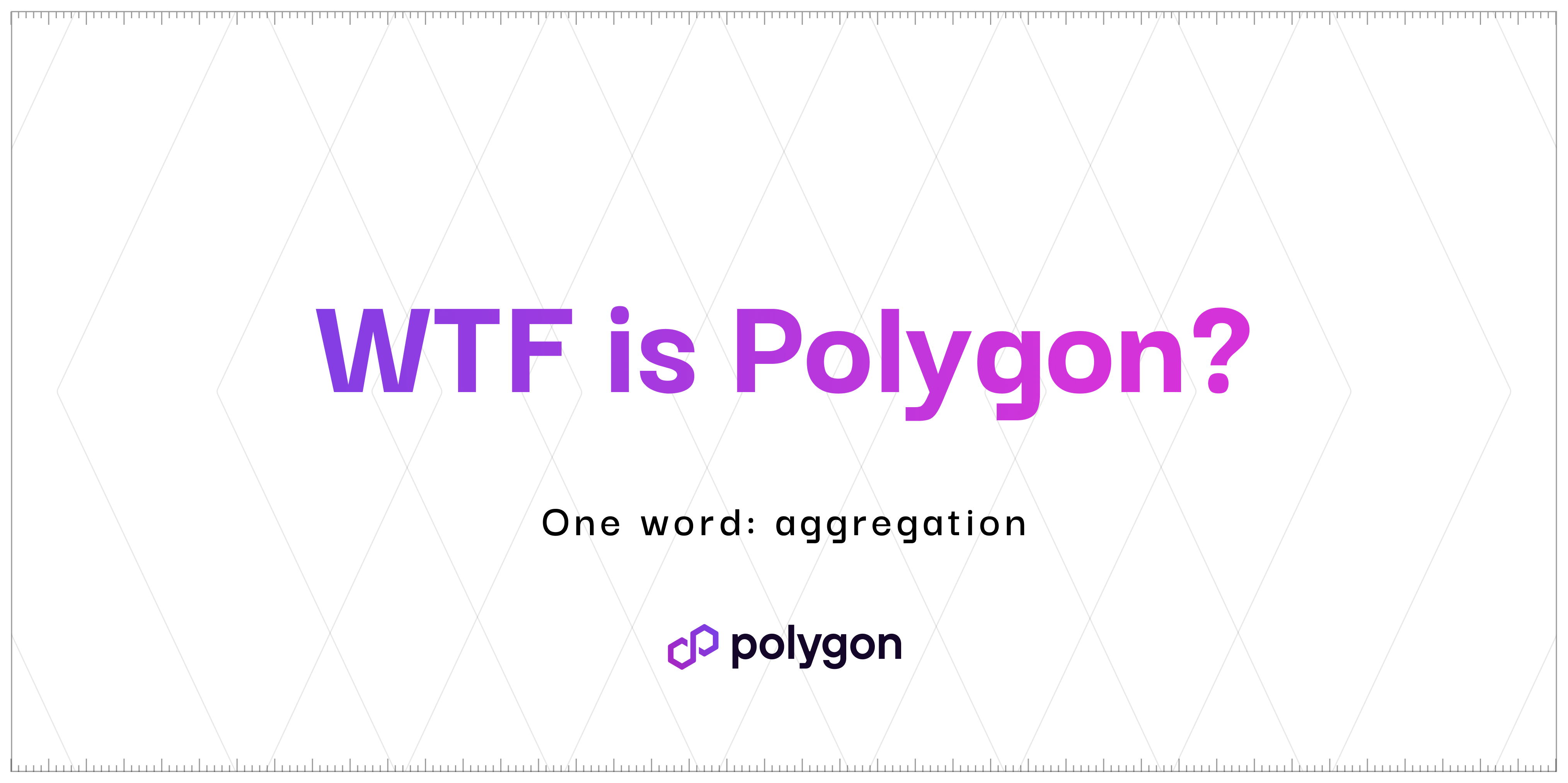What is Quadratic Funding in Polygon Village’s Grants Program? An Explainer as the Community Gears Up to Vote
Starting Jan. 8, crowdsourcing opens for QF grants. Here is how it works under the hood

Polygon Village relaunched in November with over 110 million MATIC made available for grants , broken down into three tracks. Projects at any stage of development and of any type, whether DeFi, app chains, gaming, infra, social, depending on the community grant round, can apply for funding.
The community will play a huge role in deciding how the Community Grants are distributed through a process called quadratic funding (QF). Here’s what you need to know about this approach to funding public goods and crowdsourcing resources.
You say “Quadratic Funding,” I say, WTF?
Quadratic funding is resource allocation in democracy mode–but what does that mean?
Devised as a way to tackle public goods funding, QF works to crowdsource funds by combining small individual contributions with larger matching funds from a central pool, like the Community Grants made available through Polygon Village.
Projects access two routes of funding:
- Whatever amount of funds are raised directly from community members; and
- Funds distributed to projects by the QF formula.
Matching funds are allocated according to a formula that rewards projects based on the number of real people who have donated, rather than the total amount raised.
In practice, this means that the central pool of funds can more accurately reflect the interest of a greater number of people. Each contribution counts, no matter how small. QF also incentivizes the community to spread donations across many projects instead of merely concentrating on one. This way, quadratic funding can capture the collective preferences of a community and allocate funds more equitably.
An example: Project A and Project B both raise $100 in contributions. But project A has 10 backers, whereas project B only has 2. After applying the QF formula, Project A would receive a larger grant from the central pool.

QF dashboards, like those on Giveth and Gitcoin, make the estimated impact of any community member’s donation easy to visualize and understand. This can be especially helpful for people who want to know where their crowdsourcing power will have the most impact.
What about the advantages and challenges of QF?
There are a lot of perks for distributing grants using QF.
Remember how above, we wrote that QF is “resource allocation in democracy mode?” Well, that’s because everyone gets a voice and a stake in the allocation of a central pool of funds. QF-based funding better reflects a larger slice of community sentiment, even as it fosters better participation. Innovative projects that might have otherwise had difficulty finding funding have a greater shot at disruption. In the end, QF reduces the influence of groups of wealthy donors or special interests and instead amplifies the impact of small contributions by utilizing math.
That said, there are some challenges that face any QF grant program. There needs to be a reliable source of matching funds robust and stable enough to execute QF, which are the committed resources set aside specifically for the Community Grants track.
But there’s also the question of sybil attacks, the worry that one real person may operate many fake accounts, in order to game the system or collude with others. How can a QF program ensure the honesty and integrity of contributors?
Gitcoin Passport is the sybil-resistant way for participants to maintain real personhood and ensure one account = one person.
Okay, I think I get it. So how does this work in Polygon Village?
Right now, the first round of applications for the Community Grants program has closed. If you’re a founder, don’t worry–there are more opportunities to apply for grants, and there will be more QF-based funding grants in the future.
With the initial application period closed, community participation is just beginning.
The first step is the Community Contest phase, powered by Jokerace. Applicants will rally their communities to vote for them, with the top projects going onto the Grant Phase.
The Grants Phase is where QF comes in. Every project that makes it through the voting round are now eligible to crowdsource funds from their community and receive QF-based grants.
What this all adds up to is more transparency about how funds are allocated and deeper alignment with the community’s sentiments. From voting on projects to contributing to them, the QF-based grants program in Polygon Village democratizes funding by giving everyone a voice and a stake in the allocation of funds.
You convinced me: QF sounds cool. What should I do next?
So glad you asked!
Head over to Polygon Village to see the breadth of available resources that extend beyond just grants. Also, make sure you participate when the Jokerace voting goes live.
There’s lots to come, so be sure to tune into the blog and our social channels to keep up with updates about all things Polygon Village and beyond.
Together, we can build an equitable future for all through the mass adoption of Web3!
Website | Twitter | Developer Twitter | Telegram | Reddit | Discord | Instagram | Facebook | LinkedIn



.png)








.png)




